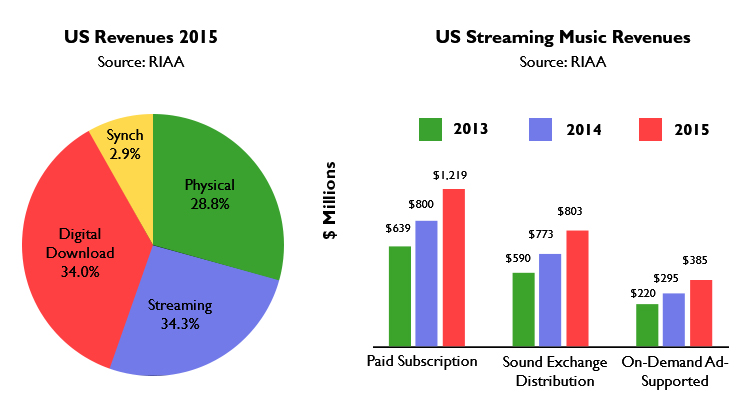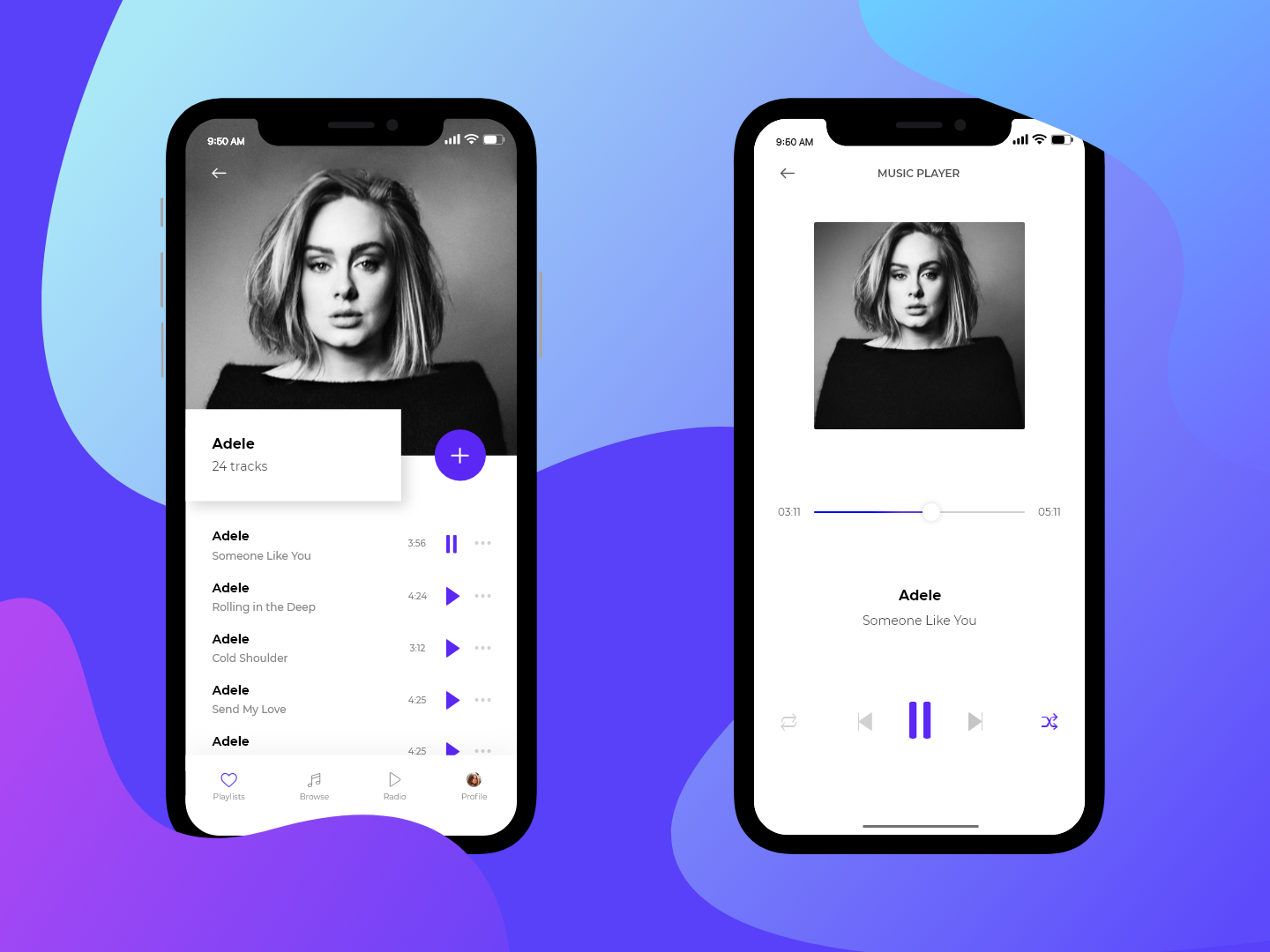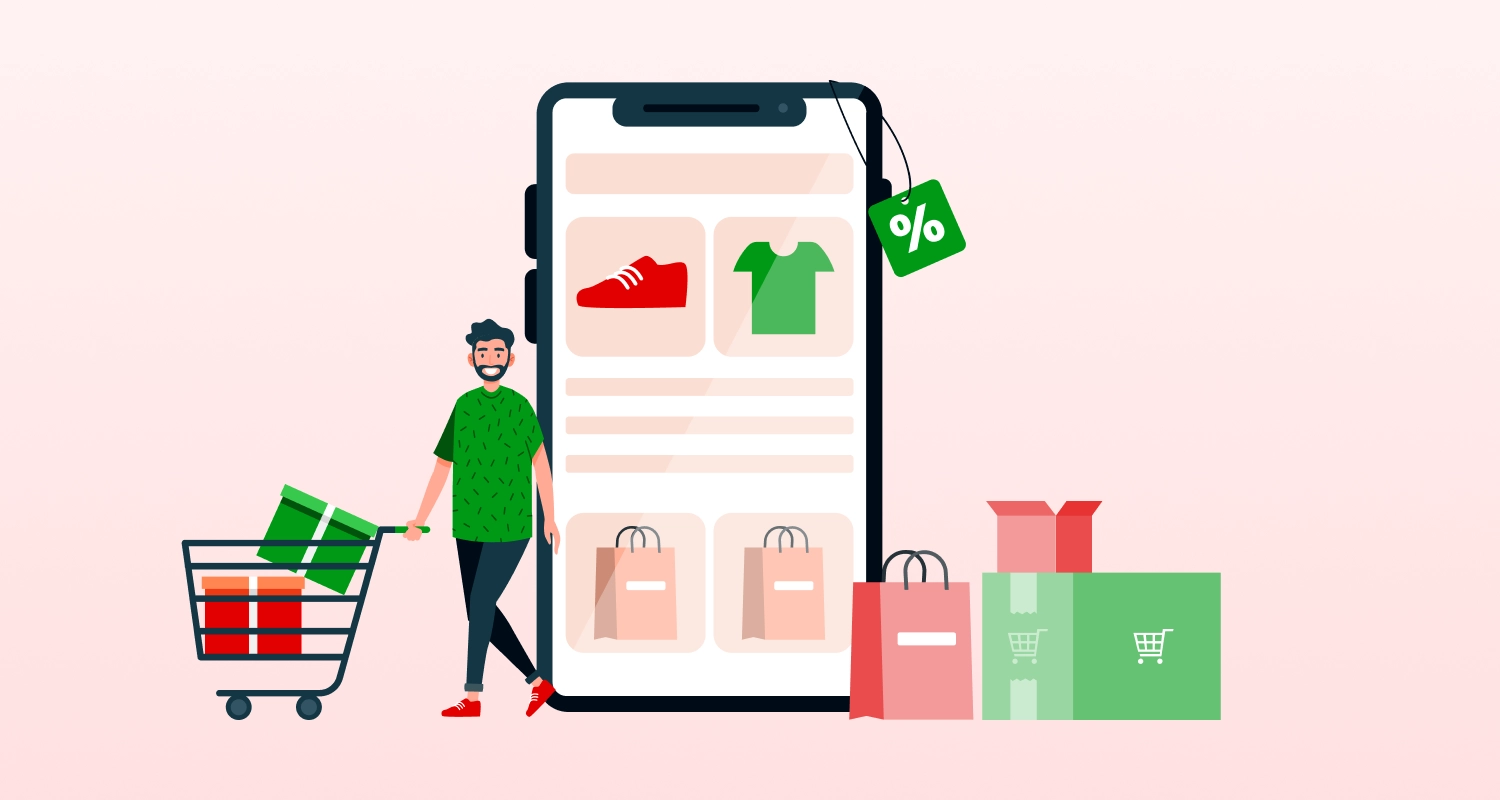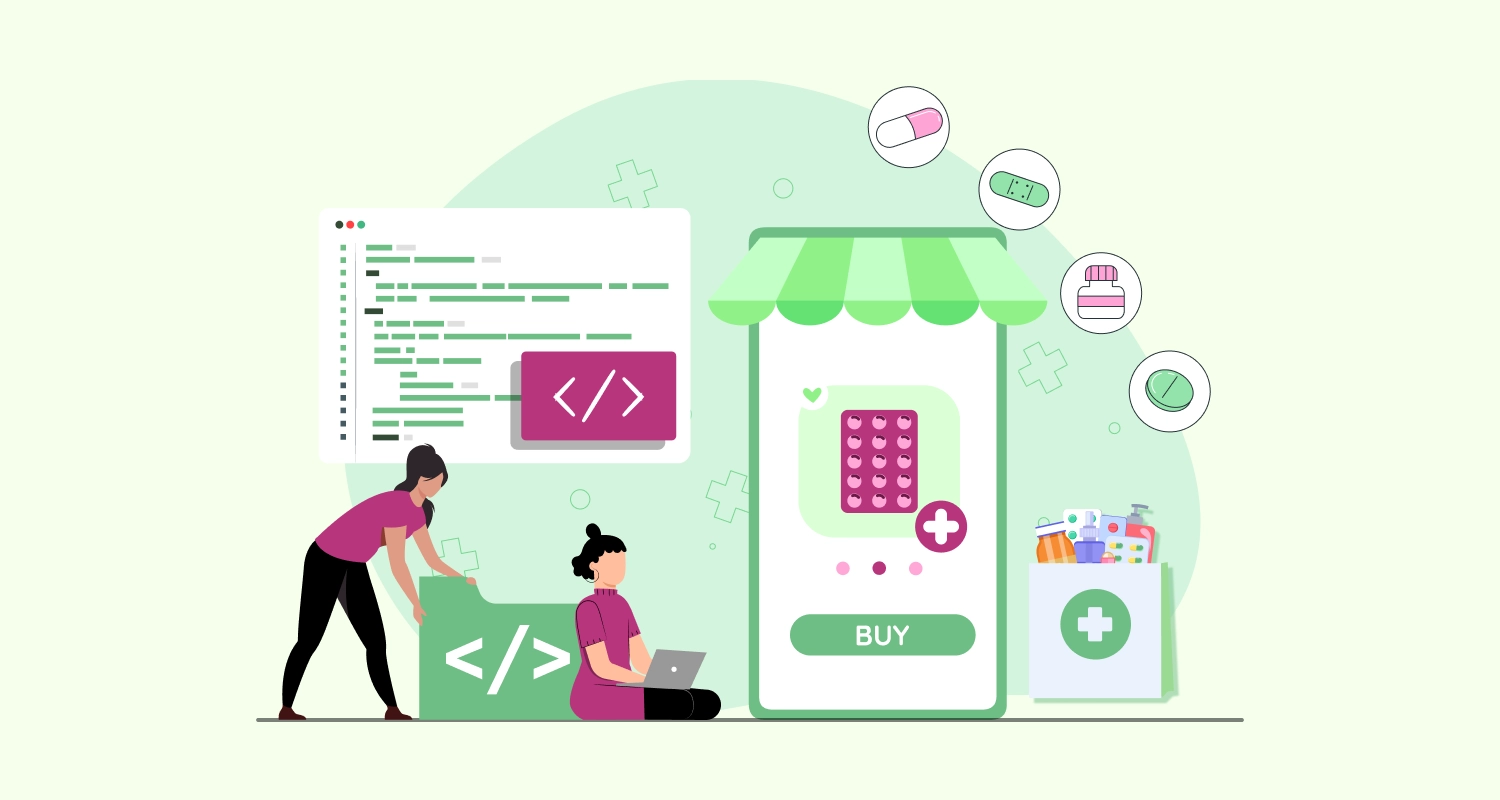Thanks to mobile apps out relation with music listening have changed completely. Thanks to all kinds of mobile music apps turning on favorite tracks anytime and anywhere became just a job of simpler finger taps. No wonder, music apps remains to be one of the most popular categories of apps across all stores and app marketplaces. Music apps truly represent a tiny entertainment package for consumers to access wherever and whenever they want.
All the statistics and numbers clearly show the growth of the music streaming app market. Music streaming at present is experiencing an annual growth of 4.1% which is expected to deliver a market capitalization of 13.05 Billion USD by the year 2023. It is quite obvious that any music streaming app with a solid feature set and user experience will not miss to catch this bandwagon of growth.
But mobile music apps also represent a diverse category representing all sorts of apps starting from simple music player apps to fully-fledged digital audio workstations to a live audio streaming app to a robust digital music library. This is why if you want to build a music app, first of all, you need to have a clear idea about the kind of app you want to build.
As a mobile app development company, are you wondering about the nooks and tricks of building a successful music app? Let us explain everything from the ground up.
How To Build A Music Streaming App?
To Consider first thing first, you have to decide about the type of music app you want to build. If you want to build a music streaming app, there are still several choices. Let’s have a quick look at them.
Music Library:
You can just build a music library hosted on servers and allow your users to access the music against a one-time app subscription, monthly or yearly subscription, partial free access with the option of updating to advanced access and completely free access with in-app ads.
Cloud Music Storage:
Such an app will allow the users to store and stream their music tracks anytime and anywhere as per their preference.
Theme Based Radio Stations:
Such music streaming apps will allow users to choose radio stations of their preference and arrange them by certain themes. The streaming of music from Such apps can be done across PCs, home audio systems and mobile devices.
While your monetization and overall business strategy for the music app will largely depend on the kind of app you are going to build, there are certain app features that you no longer can miss.
Features in a Successful Music Streaming App
The features of the app will depend upon the type of app you are going to build. But there are certain elementary features that remain consistent across all types of music apps. Some features over and above these basic ones only help to aggravate the user experience of the app.
Let’s have a quick look at the key features of any music app.
User Interface
Like any app, your music app must have an engaging and attractive user interface backed by rewarding and pleasing user experience. Some of the key qualities that the UI and UX of a music app should ensure include the following.
- The UI should be intuitive and UX should be as seamless as possible.
- The UI should be clean and visually engaging with the least cognitive load.
- The app UI instantly should be able to make the user understand how it works.
- The flow of the app screens should be intuitively oriented with user context and needs.
Play Music Tracks From Folders
This is a basic feature that most music apps provide. Users should be able to play already downloaded music tracks in their device through the player of the app. Some music apps by extending this feature even help in importing tracks from other devices and playing them.
Music Store
The music streaming app should have its own on-demand audio service and music store to allow downloading and playing music tracks. Offering a curated list of artists and tracks across genres can actually make the app popular among audiences of specific preferences.
Built-in Music Equalizer
This is a common feature that even age-old desktop music apps used to offer and has been common across most streaming apps. This feature allows users to opt for pre-set sound settings for the specific output they like to listen. For example, for classical tracks, they can opt for classic or acoustic and similarly they can choose Pop, Rock, Live, Disco, Electronic, Reggae, etc. You can also provide them a large virtual equalizer with multiple controls to give them an experience compared to the DJ apps.
Organizing Music
A quality music streaming app will always help users with decent tools for organizing the music tracks and albums by genre, artists, language, category, rating, popularity, etc. The music streaming app will also allow creating playlists with queued-up songs as per their listening preference.
Social Sharing Integration
Music and media streaming apps allow easy social sharing and syncing options to help their audience interacting with their audience. This also provides a social exposure to music listeners and makes each other know what they are listening to.
Custom Music Player
For the vast majority of apps, there is a high demand for customization. Music streaming apps to deliver a user-friendly look and feel tweak with the customization options such as color, font, light, etc. This basically helps an app establishing a personal connection with the individual user by allowing them to choose the look and feel of the music player.
Push Notification Messages
Push notifications like any other mobile app is a must-have feature to provide the latest updates to the users about the latest song release, new playlists, social updates, etc. With notifications used effectively, a music app can enhance audience engagement and make the customer experience better.
Online and Offline Access
When poor connectivity stops a live streaming song in the middle, it causes huge frustration. At times when network connectivity is not sufficient to listen to a song without buffering, you simply stop turning on the app altogether. To help users enjoy your music app with or without connectivity, make sure they can access the music both online and offline.
Event Calendar
If your music app helps the concert attendees by allowing them to mark and keep track of the dates of a concert or music event on a calendar, they can literally find your app interesting particularly for this reason if not anything else.
Technology Stack for Building A Superb Music Streaming App
You have seen the overwhelming success of so many music streaming websites and apps on iOS and Android platforms. Now that you have an idea about the key features and how the app is going to work, you need to figure out the technology stack for such apps. For building music streaming app right from the scratch needs to deal with a variety of elements such as servers, storage, cloud platforms, UI/UX design, testing environment, testing tools, etc. Before you decide to hire Android or iPhone app developer for your app project, you need to have a comprehensive understanding of the technology stack.
Let us explain these basic aspects that make the features of a music app possible.
Storage Database
How much storage do you need to accommodate the music database of your app? Well, for any of the top popular apps, the database storage is pretty huge. Music apps have to ensure optimum capability for accommodating data traffic in a tremendously scalable manner. Apart from ensuring optimum scalability and space, the Data should be fully protected from all sorts of threats and security vulnerabilities as well.
UI/UX Design
For designing an intuitive UI and crafting an engaging UX, you should choose industry-trusted software frameworks like CEF (Chromium Embedded Framework). This popular software framework is not only capable to embed Chromium into other apps but is also able to allow web browsing. The Framework helps apps with web technologies such as HTML, Javascript, and CSS.
Web App Building
Apart from building a cross-platform app, you need to make a presence on the web as well. A music streaming player built with HTML5 can ensure optimum scalability, customization and interoperability to make high-quality streaming possible.
Model Testing
A music app is something that cannot take chances with respect to performance. You need to subject a music app to the rigorous testing procedure by utilizing a variety of test cases in relation to different functions. As for model testing tools you can use tools such as GraphWalker which is capable to design the tests in graphic patterns.
Proxy Servers
You will also need proxy servers for audio and media transmission over the web. NGINX is a great choice as an open-source web server with optimum performance. This proxy server platform comes with end-to-end encryption and a multifaceted robust security protocol.
Conclusion
If you want to build successful music streaming app, you always need to consider the value proposition of the app first. Always think in terms of competition and figure out in what ways you can give your users something better and exceptional.










